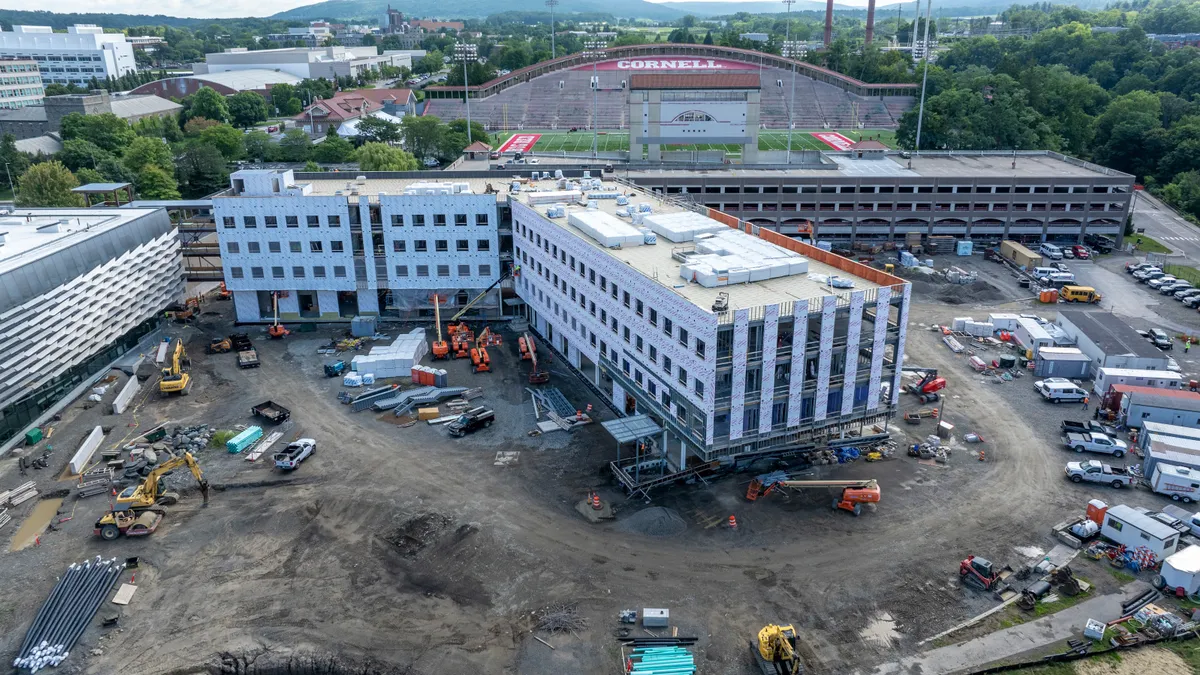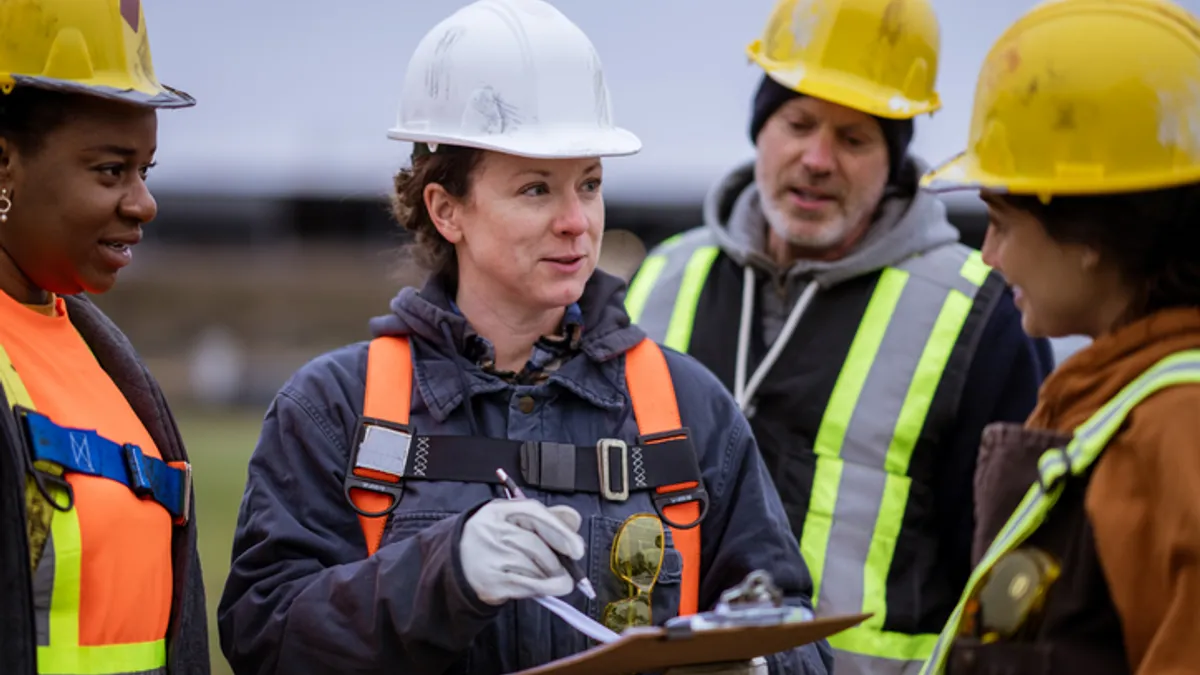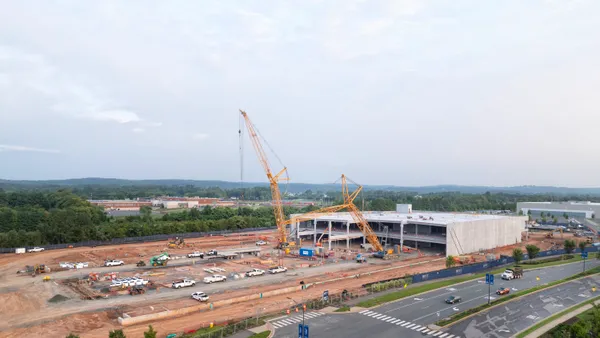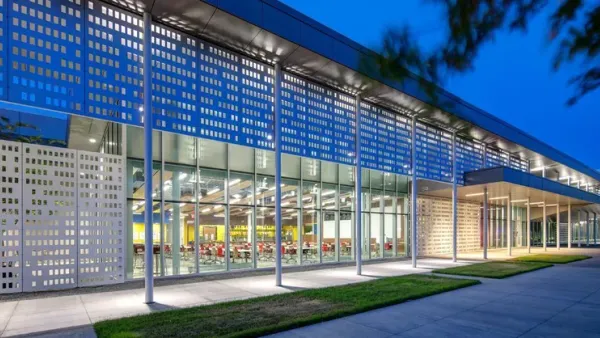In the last 20 years, construction has marked a one percent productivity gain and schedule slippage continues to plague the industry. While the development and adoption of technology targeted at the construction industry is increasing, efficiencies still lag with jobs finishing late or over budget. With many tools coming out focused specifically on productivity, why are we still behind as an industry? Is it actually possible to improve jobsite productivity? How can we incorporate systems and processes to push productivity gains to create new standards?
The next level of integration and data points is what is really needed. As the complexity of projects continues to grow, it is imperative that contractors have the tools required to easily manage costs and avoid delays. Collaboration and transparency are the keys to integrated project delivery.
Lack of Access and Scattered Data
In construction, data from the field and back office are often disconnected. While there are lots of data and integration tools for vertical construction, similar tools for horizontal or civil infrastructure projects are not as commonly available. On-site supervisors don’t have access to all project data, which is a disconnection that can cause missed scheduling and reduced productivity. Supervisors often don’t have accurate information, such as how much dirt got moved, how much work is remaining and how long it’s going to take to finish the job. Why? Because it’s difficult to obtain this information in real time to be impactful at the speed that construction projects move.
Project managers rely on lagging productivity data to make their decisions, which is inefficient and causes loss of productivity. Complex jobsites with more requirements and job specs cause project managers to spend more time planning, gathering and compiling information to understand and answer how that project is progressing. All of this productivity lag and project complexity leads to problems in scheduling and completing jobs on time.
Furthermore, data scattered across different software systems and places can cause invoicing problems and make it difficult to bill properly for work completed without over-billing and running out of budget.
Connecting Construction Systems
In order to truly increase productivity on construction projects, you need to look at really connecting construction software systems, data and processes to get a transparent look into how the project is progressing. This will empower everyone to take the appropriate actions to ensure the job is completed on time and to specification and quality. Trimble WorksOS is the first construction operating system that brings the entire digital thread together, with the goal to increase productivity on a different level and scale.
WorksOS brings in connectivity to disparate data solutions so you can understand what is going on at the jobsite and what is left to accomplish. It delivers 3D productivity and real-time progress data to help maximize jobsite efficiency, providing transparency across your entire business.
Improving Your Bottom Line
Using technology like Trimble WorksOS to actually track and understand what is happening at a jobsite gives companies a technology advantage, helping them stay competitive and actually work towards increasing their job productivity. They feel more engaged and empowered to do the work they were hired to do. The power of real-time data and transparency across the job makes invoicing easier, ensures work is documented and visible, and ultimately can lead to contractors getting paid more quickly.
Robust project management suites have been developed to close the gaps, but data is being created across construction in thousands of disparate point solutions. By linking data from all aspects of the construction process, we can create transparency at all levels of the project in real time and improve the productivity of the project, leading to increased profits. This is the key to working towards true improved productivity on the construction jobsite.










